“Silent but Deadly: Unmasking the Hidden Dangers of High Blood Pressure and How to Take Control”
In Western medicine, hypertension (high blood pressure) is a condition where the force of the blood against the walls of the arteries is consistently too high. Blood pressure is determined by the amount of blood the heart pumps and the resistance to blood flow in the arteries. A person is considered to have hypertension if their blood pressure is persistently above 140/90 mmHg.
Causes of Hypertension
-
Primary (Essential) Hypertension:
This type has no identifiable cause and develops gradually over time. It is the most common form, accounting for about 90-95% of cases. Risk factors include:
- Age: Blood pressure tends to rise as people get older.
- Genetics: A family history of hypertension increases the risk.
- Lifestyle: Unhealthy eating habits (high salt intake), lack of exercise, obesity, excessive alcohol consumption, and smoking can all contribute to developing high blood pressure.
-
Secondary Hypertension:
This type is caused by an underlying medical condition or medication and accounts for around 5-10% of cases. Causes include:
- Kidney disease: The kidneys play a key role in regulating blood pressure, and any dysfunction can lead to hypertension.
- Endocrine disorders: Conditions such as hyperthyroidism, Cushing’s syndrome, or pheochromocytoma can cause high blood pressure.
- Medications: Some drugs, including birth control pills, decongestants, and pain relievers, can contribute to hypertension.
Pathophysiology of Hypertension
-
Increased Cardiac Output:
The heart pumps more blood than usual, leading to higher pressure in the arteries.
-
Increased Peripheral Resistance:
When the blood vessels narrow or become less flexible (due to atherosclerosis or other causes), the resistance to blood flow increases, causing blood pressure to rise.
Over time, untreated hypertension can damage the heart, kidneys, brain, and blood vessels, leading to complications such as heart attack, stroke, heart failure, and chronic kidney disease.
Symptoms of High Blood Pressure
Hypertension is often called the “silent killer” because many people experience no obvious symptoms until complications arise. However, when symptoms do occur, they may include:
- Headaches (particularly in the morning)
- Dizziness
- Blurred vision
- Nausea or vomiting
- Anxiety
- Abnormal heart rhythm
- Chest pain or shortness of breath
- Fatigue or confusion
- Nosebleeds (in severe cases)
If left untreated, high blood pressure can lead to serious complications, such as heart disease, stroke, kidney failure, and vision loss.
Diagnosis of Hypertension
Blood pressure is measured using a cuff placed around the arm. It provides two readings:
- Systolic pressure: The pressure in the arteries when the heart beats (the top number).
- Diastolic pressure: The pressure in the arteries when the heart rests between beats (the bottom number).
Hypertension is diagnosed if:
- Systolic pressure is consistently above 140 mmHg.
- Diastolic pressure is consistently above 90 mmHg.
Treatment in Western Medicine
-
Lifestyle Modifications:
- Diet: Adopting a low-sodium, heart-healthy diet (more vegetables and fruits).
- Exercise: Regular physical activity to help lower blood pressure.
- Weight Loss: Reducing weight, particularly around the waist, can lower the risk of hypertension.
- Alcohol Reduction and Smoking Cessation: Limiting alcohol intake and quitting smoking can reduce blood pressure.
-
Medications:
When lifestyle changes are insufficient, medications are prescribed to manage hypertension. These include:
- Diuretics: Help the body eliminate excess sodium and water, lowering blood pressure.
- ACE Inhibitors/ARBs: Relax blood vessels by blocking the production or effect of angiotensin, a hormone that narrows arteries.
- Beta-blockers: Reduce the heart rate and the force of contraction, reducing blood pressure.
- Calcium Channel Blockers: Prevent calcium from entering the heart and blood vessel cells, leading to lower blood pressure.
Hypertension is a chronic condition that often requires long-term management to prevent complications. Western medicine focuses on controlling blood pressure through a combination of lifestyle changes and medications.
TCM Treatment Approach and Plan for Hypertension
Hypertension in Traditional Chinese Medicine (TCM) falls under the categories of “dizziness” and “headache,” with its primary pathogenesis being an imbalance in the body’s organs, qi, blood, and yin-yang. TCM believes that hypertension is related to emotional disturbances, improper diet, prolonged illness, overwork, and aging or physical weakness. The organs most closely associated with this condition are the liver, spleen, and kidneys. TCM identifies four main pathological factors in hypertension: hyperactivity of liver yang, Yin deficiency with yang hyperactivity, phlegm-dampness, liver-kidney yin deficiency, and qi and blood deficiency which often coexist and interact in the disease process.
Syndrome Differentiation and Treatment
Traditional Chinese Medicine (TCM) emphasizes syndrome differentiation in the treatment of hypertension. Based on the patient’s symptoms and underlying pathogenesis, hypertension is often categoried into the following types for targeted treatment:
-
Hyperactive of Liver Yang Type:
Symptoms include dizziness, head distension, red face and eyes, irritability, red tongue with yellow coating, and a wiry, forceful pulse. The treatment focuses on calming the liver and suppressing yang, as well as clearing heat and reducing fire. Common prescriptions include Tian Ma Gou Teng Decoction, which can be combined with chrysanthemum and cassia seeds to clear heat.
-
Yin Deficiency with Yang Hyperactivity Type:
Symptoms include dizziness, tinnitus, sore and weak lower back and knees, heat in the palms and soles, red tongue with little coating, and a thin, rapid pulse. The treatment focuses on nourishing yin and subduing yang. Common prescriptions include Liu Wei Di Huang Wan or Qi Ju Di Huang Wan, with additions like turtle shell and oyster shell to enhance the nourishing yin and subduing yang effect.
-
Phlegm-Damp Obstruction Type:
Symptoms include a heavy sensation in the head, chest tightness, excessive phlegm, bitter taste in the mouth, poor appetite, white greasy tongue coating, and a slippery pulse. The treatment focuses on resolving phlegm, removing dampness, and unblocking the channels to lower blood pressure. Common prescriptions include Ban Xia Bai Zhu Tian Ma Decoction, with additions like poria and alisma to strengthen the spleen and dispel dampness.
-
Liver and Kidney Yin Deficiency Type:
Symptoms include dizziness, blurred vision, tinnitus, insomnia, weakness in the lower back and knees, dry mouth, red tongue with little coating, and a thin, rapid pulse. The treatment focuses on tonifying the liver and kidneys, calming the liver, and subduing yang. Common prescriptions include Qi Ju Di Huang Decoction, combined with gastrodia and uncaria to enhance the blood pressure-lowering effect.
-
Blood Stasis Type:
Symptoms include dizziness, tension headache, palpitations, chest tightness, shortness of breath, fatigue, crimson tongue, thin white coating, rough pulse. The treatment focuses on remove blood stasis promote blood circulation. Common prescriptions include Xue Fu Zhu Yu Tang. Combined peach seeds, carthamus tinctorius L, Chinese angelica root and Szechwan Lovage Rhizome to remove blood stasis.
-
Qi and Blood Deficiency Type:
Symptoms include dizziness, palpitations, insomnia, shortness of breath, fatigue, pale complexion, pale tongue, and a thin, weak pulse. The treatment focuses on tonifying qi and blood and harmonizing yin and yang. Common prescriptions include Ba Zhen Tang, with additions of ginseng and astragalus to further tonify qi.
2. Acupuncture Treatment
Point Selection Principles:
Soothe the liver, relieve depression, clear heat, calm the liver, and strengthen the spleen to resolve dampness.
-
Main Acupuncture Points:
- LR3 (Taichong), LI4 (Hegu): Soothe the liver, relieve depression, and calm liver yang.
- GB20 (Fengchi), GV20 (Baihui): Clear the head and eyes, calm the liver, and lower blood pressure.
- PC6 (Neiguan), ST36 (Zusanli): Strengthen the spleen and stomach, and regulate qi and blood.
3. Lifestyle Adjustments
-
Dietary Adjustments:
A light diet with reduced salt and fat intake is recommended. Patients should consume plenty of fresh fruits and vegetables, and moderate amounts of whole grains. Spicy and stimulating foods should be avoided.
-
Exercise:
Moderate aerobic exercises, such as walking and Tai Chi, are recommended to improve blood circulation and enhance overall physical health.
-
Emotional Regulation:
Maintaining a calm and pleasant mood is essential. Patients should avoid overwork and emotional fluctuations. Practices like meditation and deep breathing can help alleviate stress.
4. Other Treatment Methods
-
Medicinal Diet Therapy:
Based on the patient’s constitution, medicinal diet therapy can be used as an adjunct treatment. For example, patients with liver yang rising type can drink chrysanthemum tea or cassia seed tea to clear heat and calm the liver. For those with yin deficiency and yang hyperactivity, lily and lotus seed soup can nourish yin and subdue yang.
TCM emphasizes holistic regulation in the treatment of hypertension. By harmonizing yin and yang, unblocking meridians, and calming the liver and subduing yang, TCM aims to achieve effective blood pressure control. Treatment plans are individualised based on the patient’s symptoms, helping to not only manage blood pressure but also improve overall health and well-being.
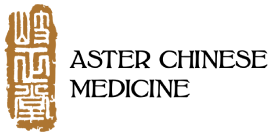




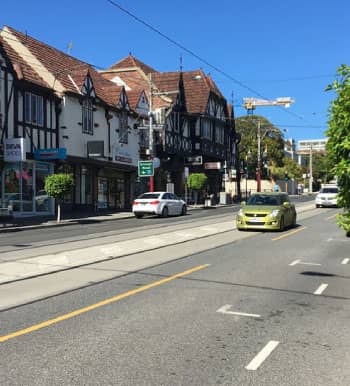
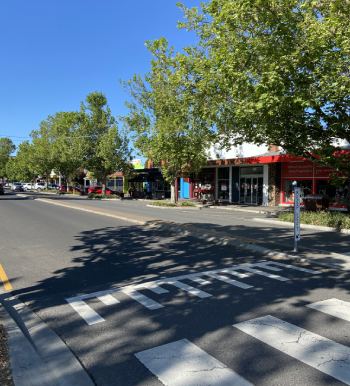

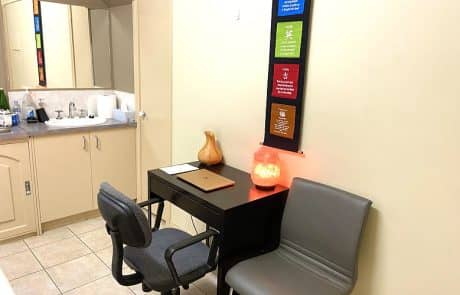
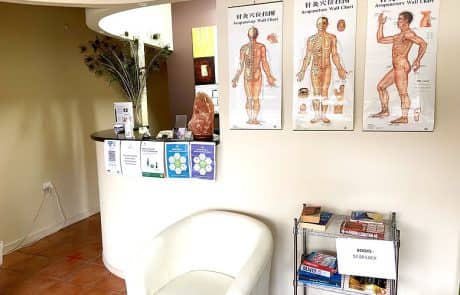
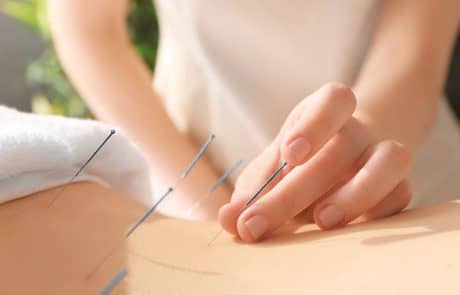
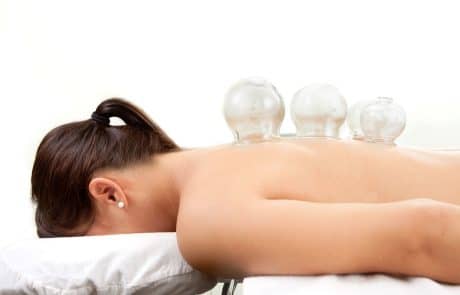

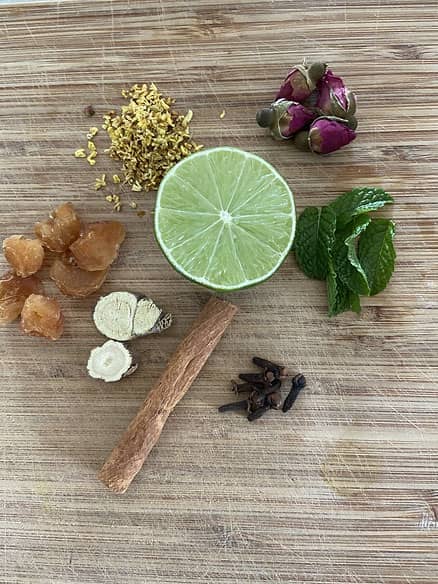
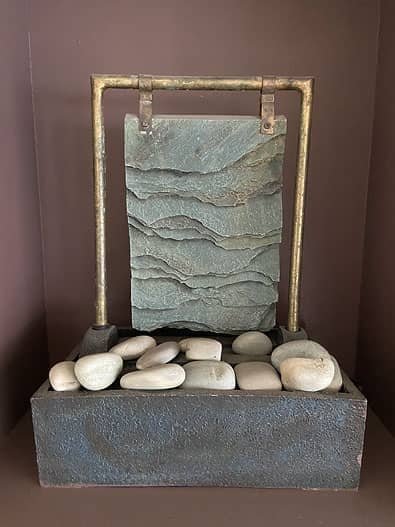
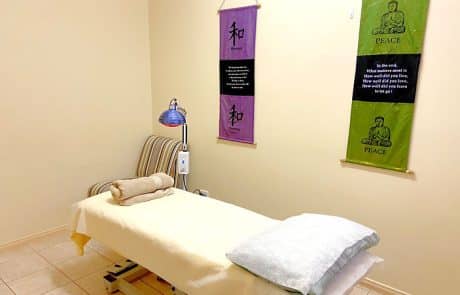
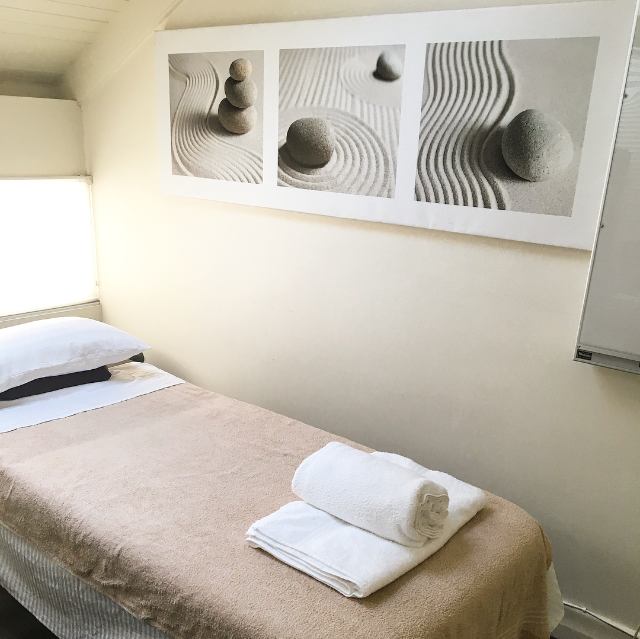



Leave A Comment